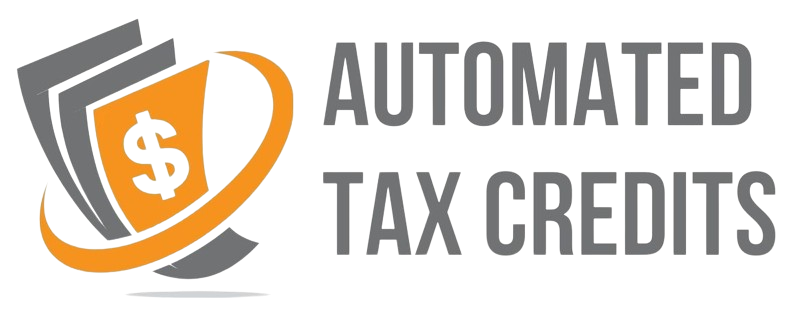Understanding the Basics: Bankruptcy and Tax Liens
Bankruptcy and tax liens are two complex legal concepts that, when intertwined, can be particularly challenging. Let’s break them down separately before we see how they interact:
What is Bankruptcy?
Think of bankruptcy as a financial reset button. When you’re overwhelmed with debt and can’t pay your bills, you can file for bankruptcy under federal law. This doesn’t mean you’re necessarily “bad” with money, sometimes unexpected events occur that result in insurmountable debt. There are a few different types of bankruptcy, but the most common for individuals are Chapter 7 and Chapter 13.
- Chapter 7 Bankruptcy: This is sometimes called “liquidation” bankruptcy. It involves selling some of your non-exempt assets to pay off your creditors. Often, though, many people have few or no non-exempt assets so they don’t lose property in a Chapter 7.
- Chapter 13 Bankruptcy: This is a “reorganization” bankruptcy where you work with the court to create a repayment plan over three to five years. You keep all your assets in this type of bankruptcy.
The main goal of bankruptcy is to give individuals a fresh start and provide protection from creditors, while working to repay all or some of your debt.
What is a Tax Lien?
A tax lien is like a legal marker the government puts on your property (like your house or car) when you owe taxes and don’t pay them on time. It’s the government’s way of securing its debt. If you don’t pay those back taxes, the government can eventually seize your property and sell it to cover what you owe.
Tax liens can arise from:
- Unpaid federal income taxes.
- Unpaid state income taxes.
- Unpaid local property taxes.
- Unpaid payroll taxes.
It’s important to note that a tax lien does not happen immediately. The IRS or other taxing authority will usually send multiple notices first. If you ignore them, the lien becomes a public record, which can affect your credit and your ability to sell your property.
The Interaction Between Bankruptcy and Tax Liens:
Now, let’s discuss how bankruptcy can affect tax liens, because this is where things get complex. It’s not as simple as saying, “Bankruptcy gets rid of all my tax problems.”
How Bankruptcy Can Help
In some situations, bankruptcy can give you some relief when it comes to tax liens:
- Automatic Stay: When you file for bankruptcy, an “automatic stay” goes into effect. This is a temporary halt to most collection actions, including those related to tax liens. It doesn’t erase the liens, but it buys you time.
- Discharge of Certain Tax Debts: Some, but not all, types of tax debts can be “discharged” (erased) in bankruptcy, particularly in Chapter 7. However, this is usually limited to older tax debts, and there are strict rules about what can be discharged.
- Chapter 13 Repayment Plan: In Chapter 13 bankruptcy, you may be able to include your tax debt in a repayment plan that allows you to pay it back over time. This can be a much more manageable option than facing immediate tax lien enforcement.
How Bankruptcy Often Does Not Eliminate Tax Liens
Unfortunately, bankruptcy often doesn’t completely eliminate tax liens, especially if the lien was filed before you filed bankruptcy. Here’s why:
- Secured Debt: Tax liens are considered “secured debt,” meaning the government has a legal right to your property. Bankruptcy generally does not eliminate secured debts unless the secured creditor agrees.
- Priority Status: Tax debts have a special priority in bankruptcy. They are often paid before other unsecured debts, like credit card bills.
- Non-Dischargeable Taxes: Some types of tax debts, like fraud penalties, certain payroll taxes, and recently incurred income taxes are not discharged through bankruptcy.
The Nuances: Understanding Different Types of Tax Debts
It’s important to remember that not all tax debts are treated the same way in bankruptcy. Here’s a quick rundown:
- Income Taxes: Income taxes are the most commonly encountered, and they are often discharged in Chapter 7 bankruptcy if the taxes are at least 3 years old from the date your return was due (not necessarily the date filed), are not the result of a fraudulent return, and were not previously assessed.
- Payroll Taxes: Payroll taxes, the taxes that you withhold from employees’ pay, are never discharged in bankruptcy. You are obligated to pay them. This is important for business owners.
- Property Taxes: Property taxes can have different rules depending on your state and the timing of the lien. However, property taxes tend to be non-dischargeable.
- Penalties and Interest: Some penalties and interest on tax debts may be discharged, depending on the type and the circumstances. If the underlying tax debt is non-dischargeable, the penalty and interest will generally be non-dischargeable too.
Practical Tips and Strategies for Dealing With Tax Liens
- Don’t Ignore Notices: The worst thing you can do is ignore IRS notices or notices from state taxing authorities. They won’t go away.
- Seek Professional Advice: If you’re dealing with tax liens or considering bankruptcy, consult with a tax professional, a bankruptcy lawyer, or both. They can help you navigate the process and make informed decisions.
- Make a Payment Plan: If you can, work out a payment plan with the IRS or other taxing authority to avoid a lien.
- Understand Your Options: Explore all your options, including installment agreements, offers in compromise, and bankruptcy, to find the best solution for your situation.
- Address Tax Issues Promptly: Don’t let tax issues linger. The sooner you address them, the more options you’ll likely have.
Common Mistakes and Misconceptions
- Myth: “Bankruptcy wipes out all tax debt.”
- Reality: It does not. Many types of tax debt remain after bankruptcy.
- Myth: “If I file bankruptcy, I’ll lose all my property.”
- Reality: This is not true, especially with Chapter 13. In a Chapter 7, you can typically protect many assets.
- Myth: “The IRS will never negotiate.”
- Reality: The IRS sometimes works with taxpayers through payment plans and other programs.
Conclusion: Navigating a Complex Situation
Dealing with bankruptcy and tax liens can be overwhelming, but it’s not insurmountable. Educate yourself, seek professional help, and take proactive steps to resolve your financial issues. Understanding how these concepts interact is critical to protecting your assets and moving towards a fresh financial start. Remember, each situation is unique, and a professional can help you assess your options based on your circumstances.

